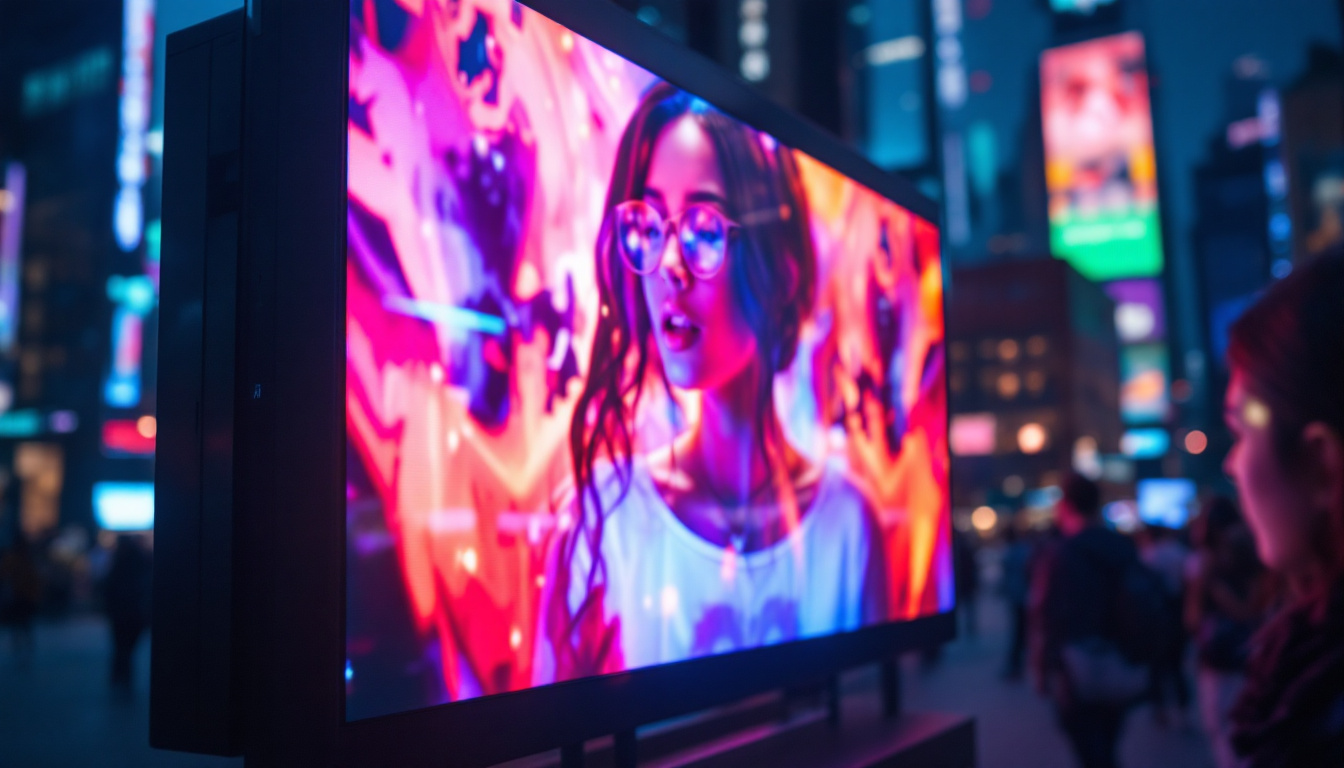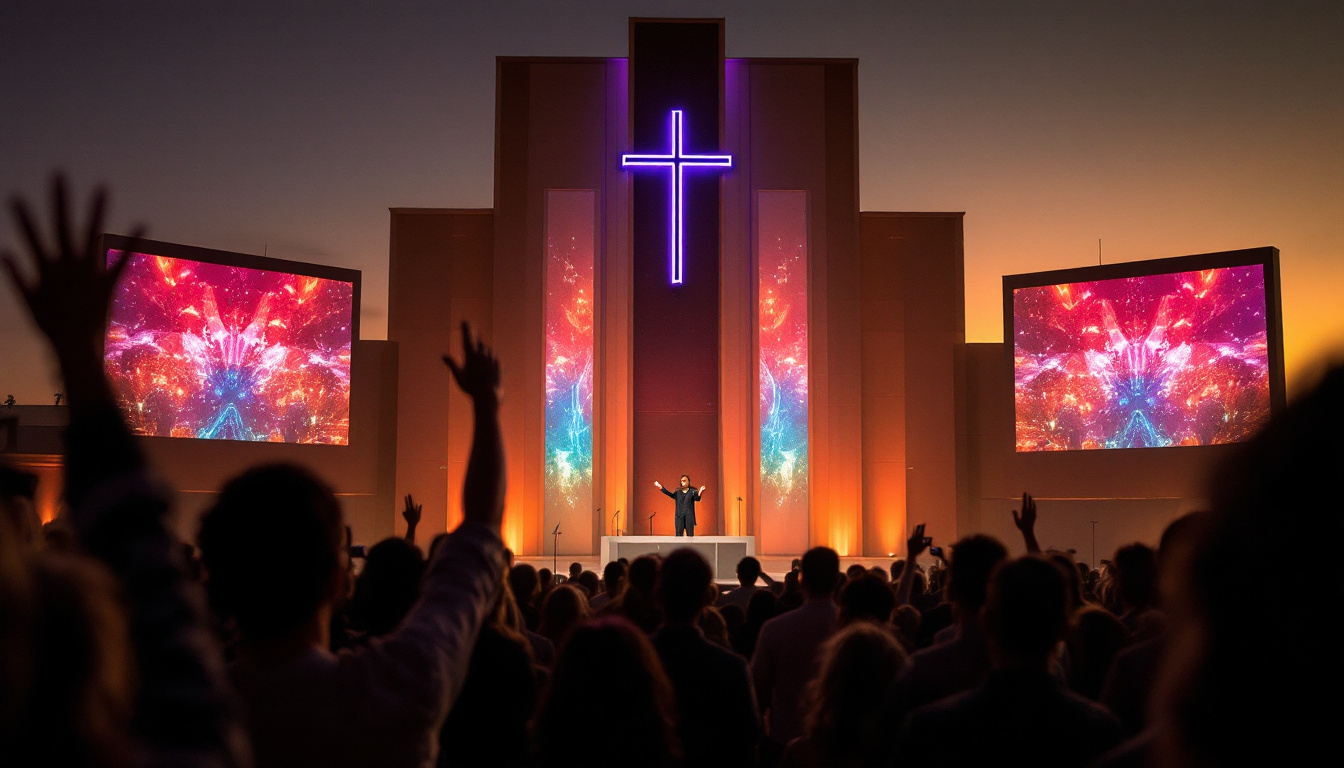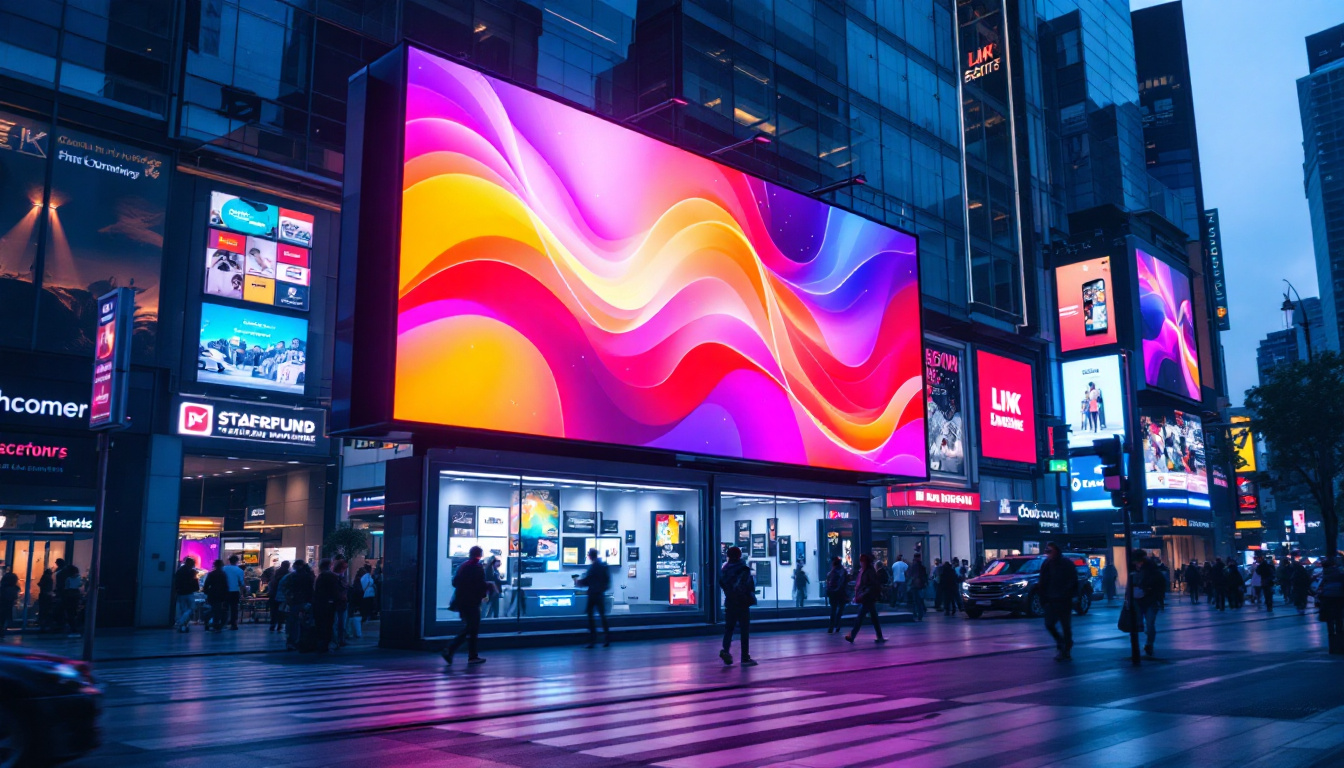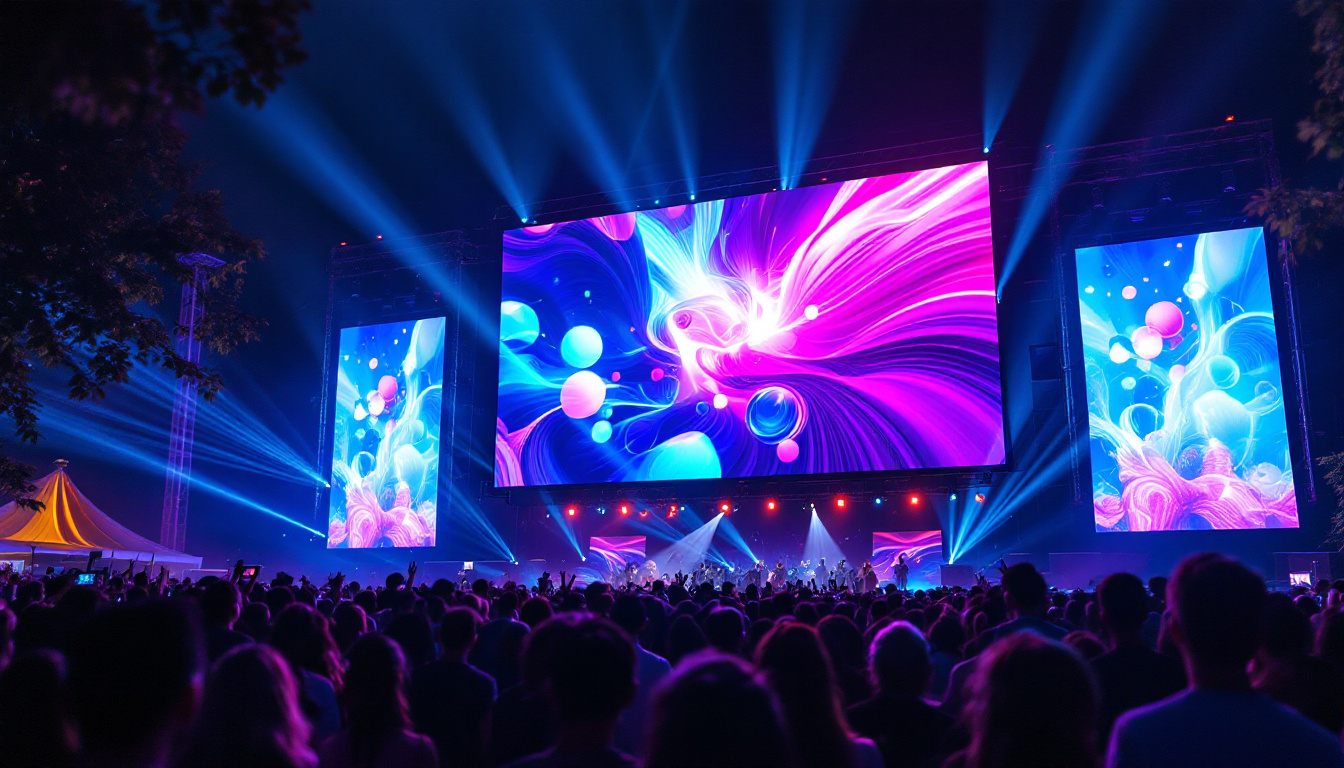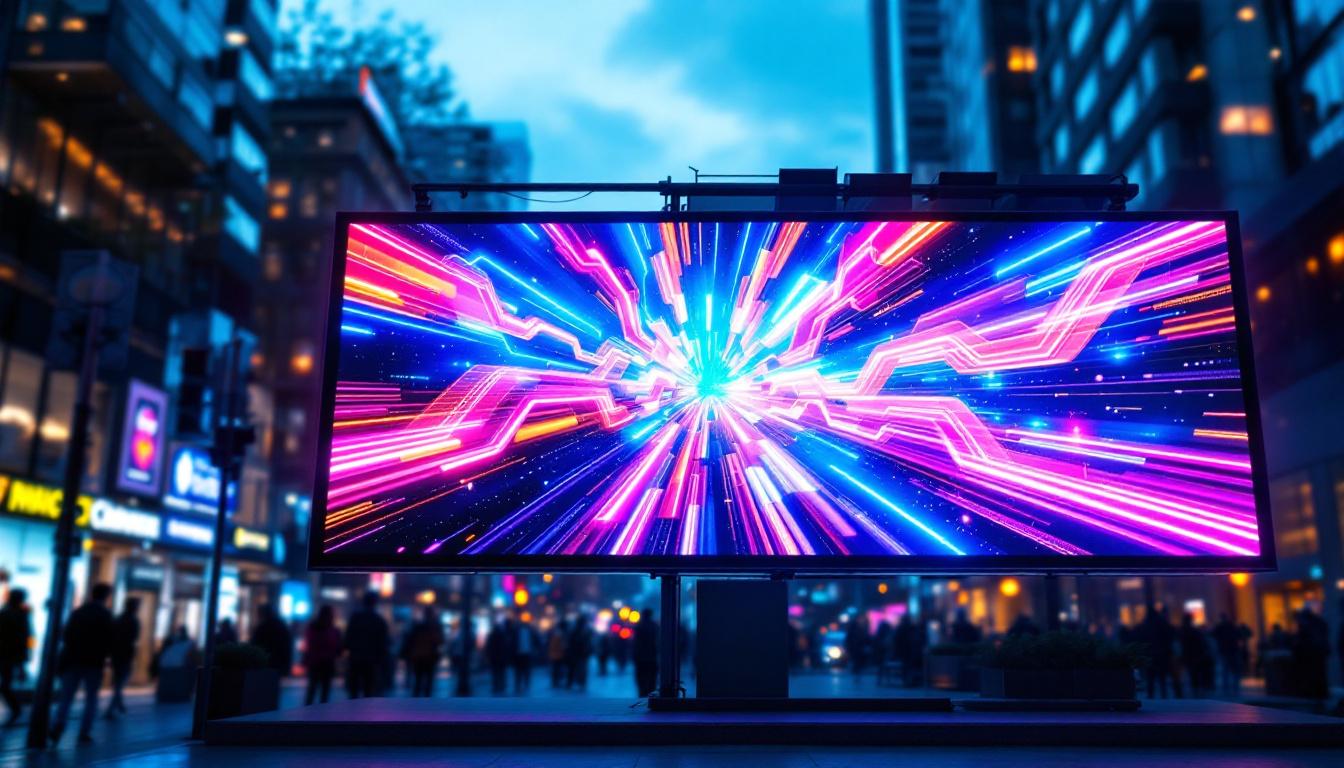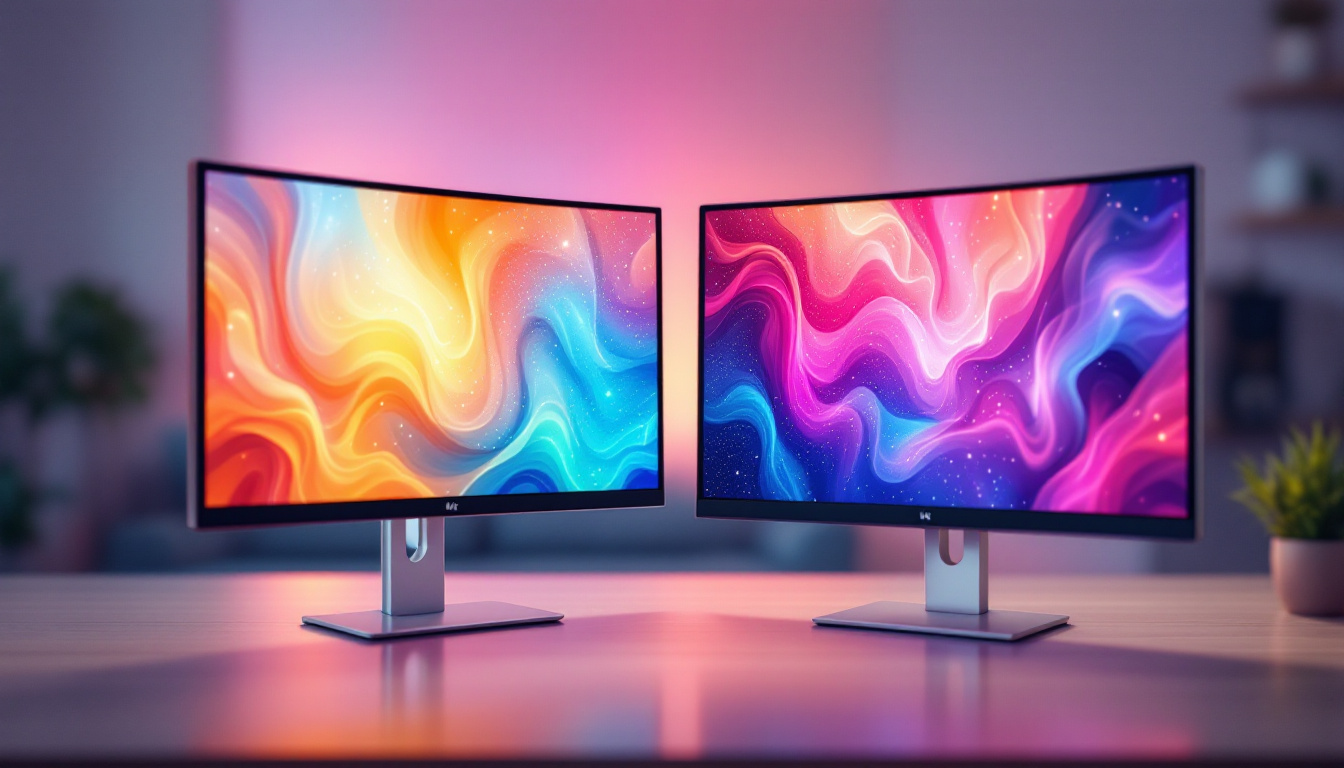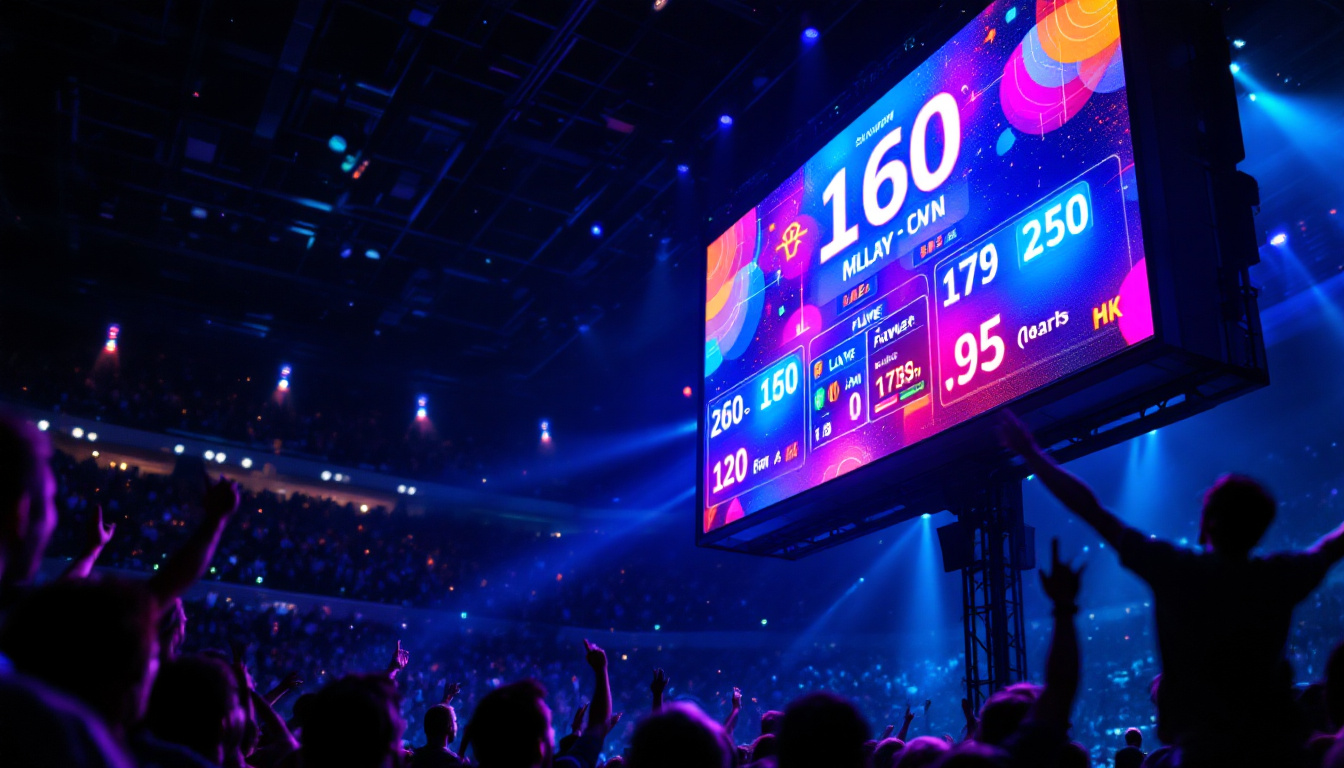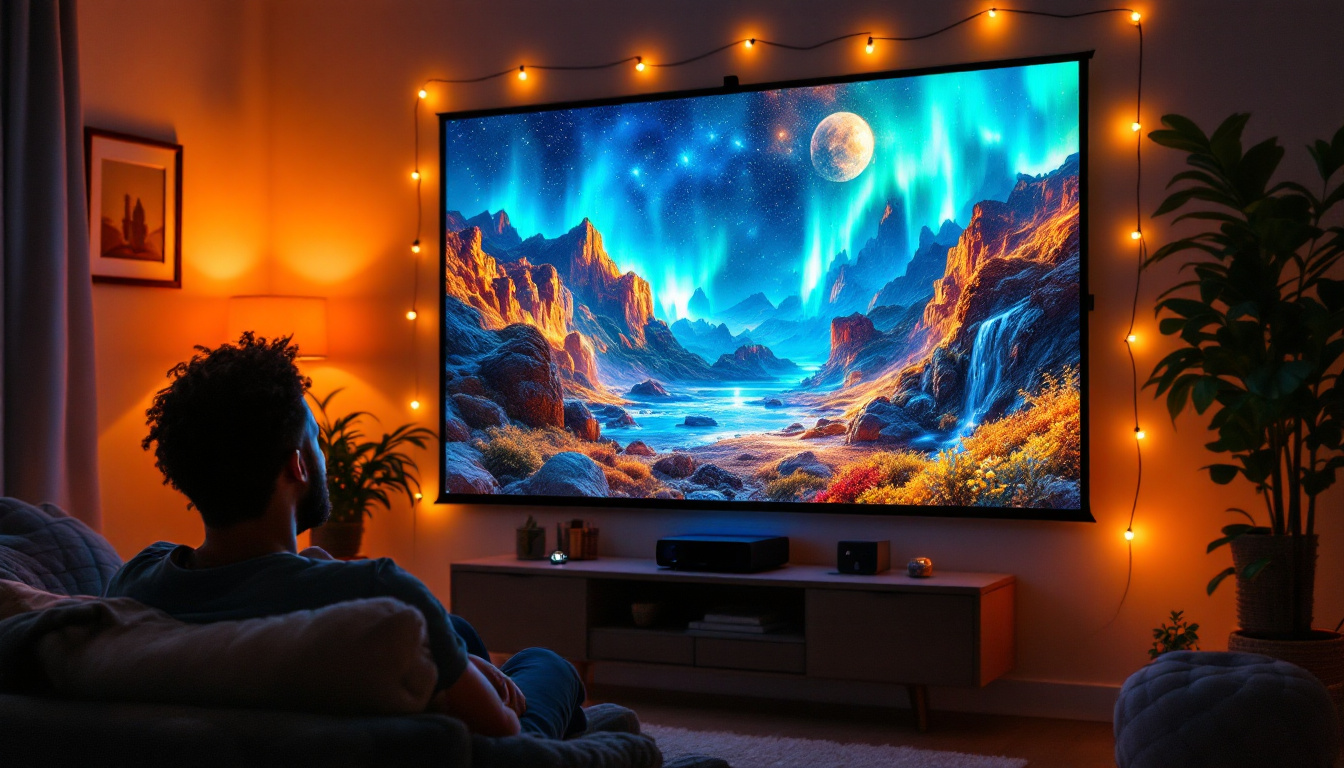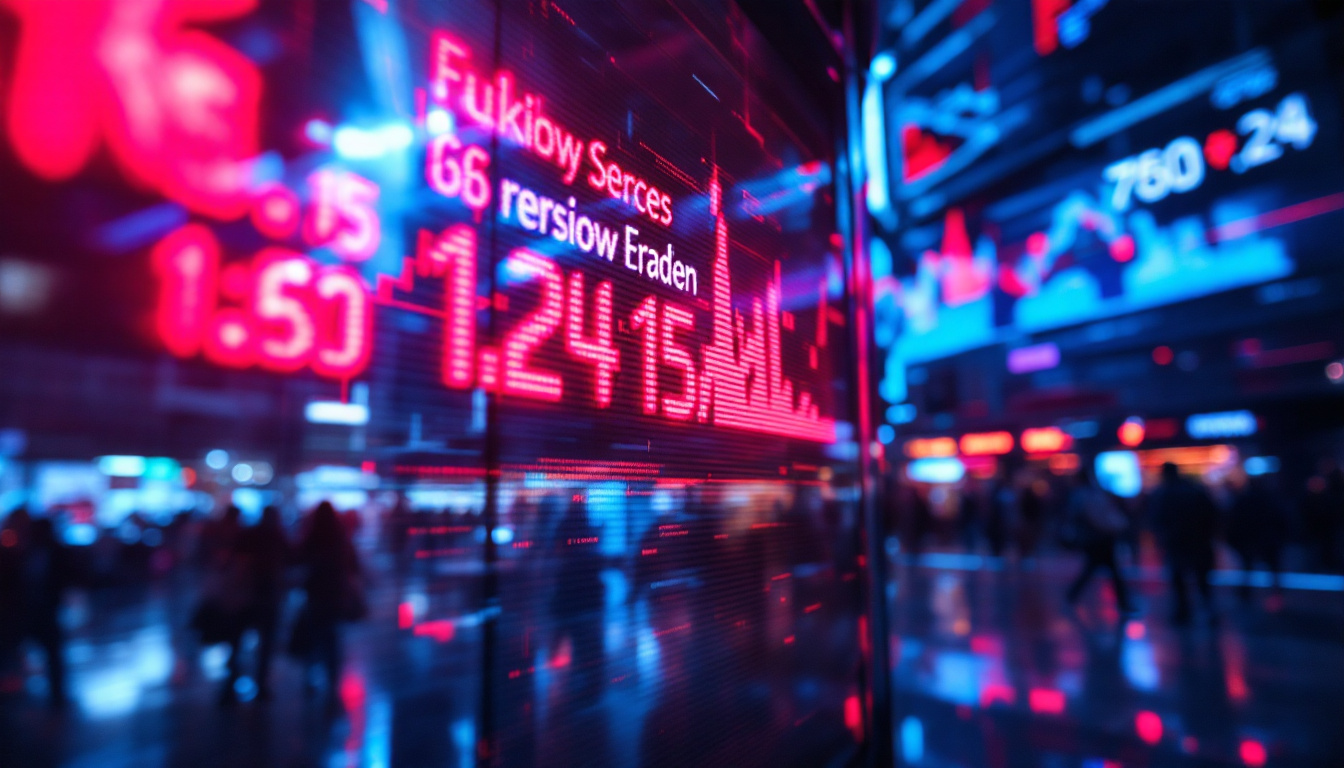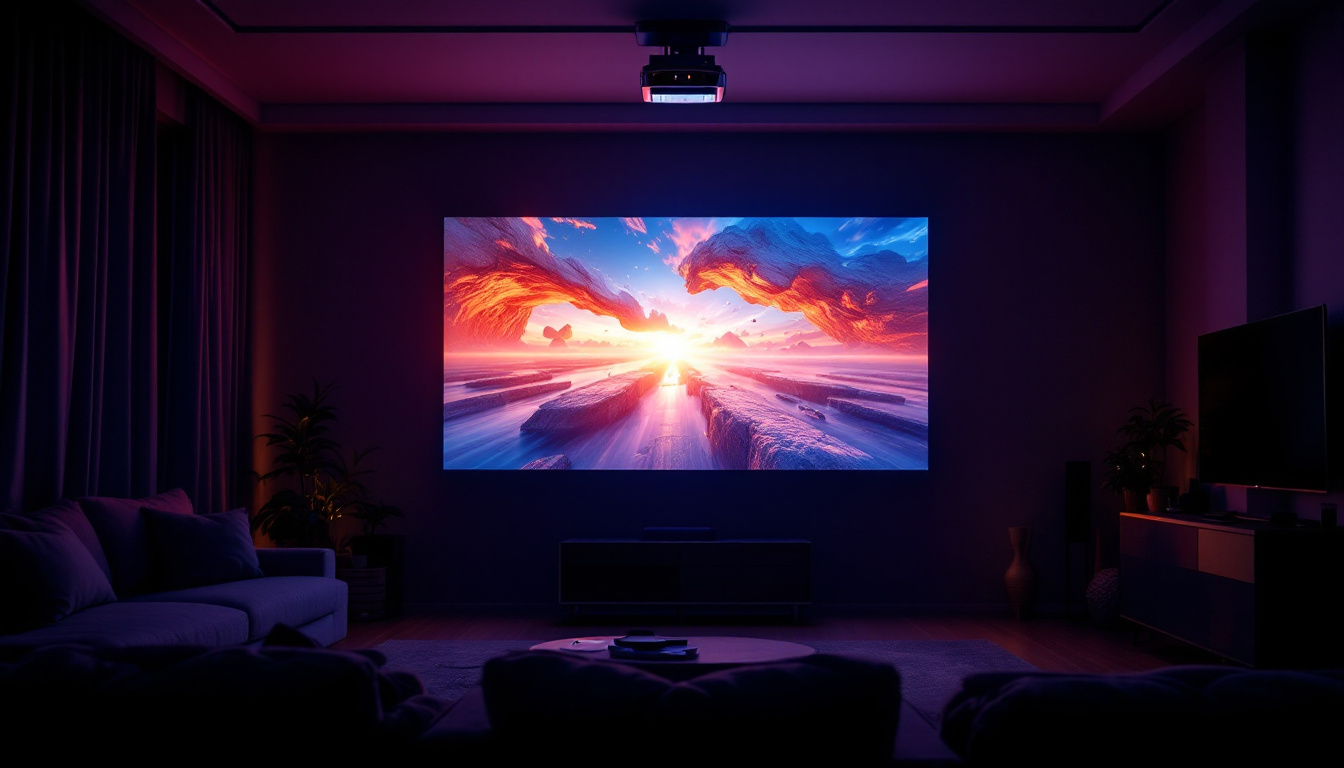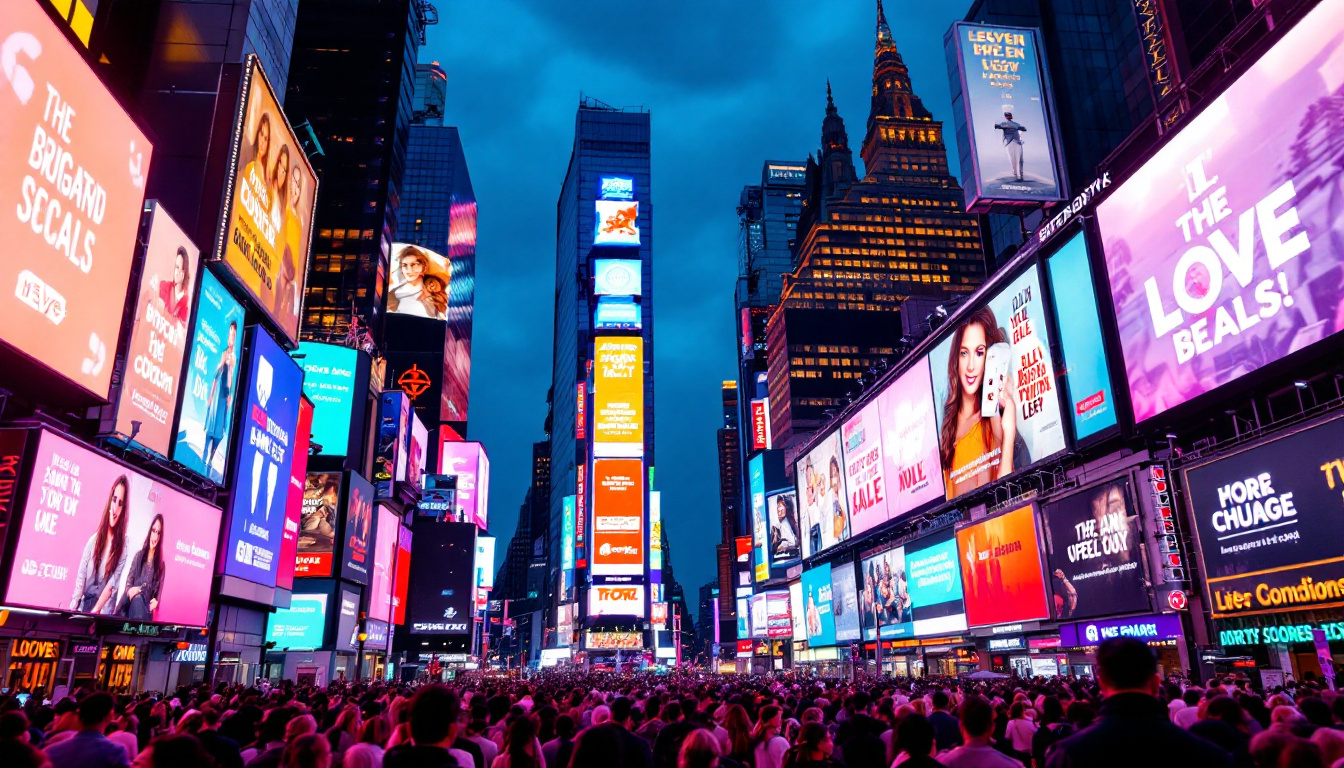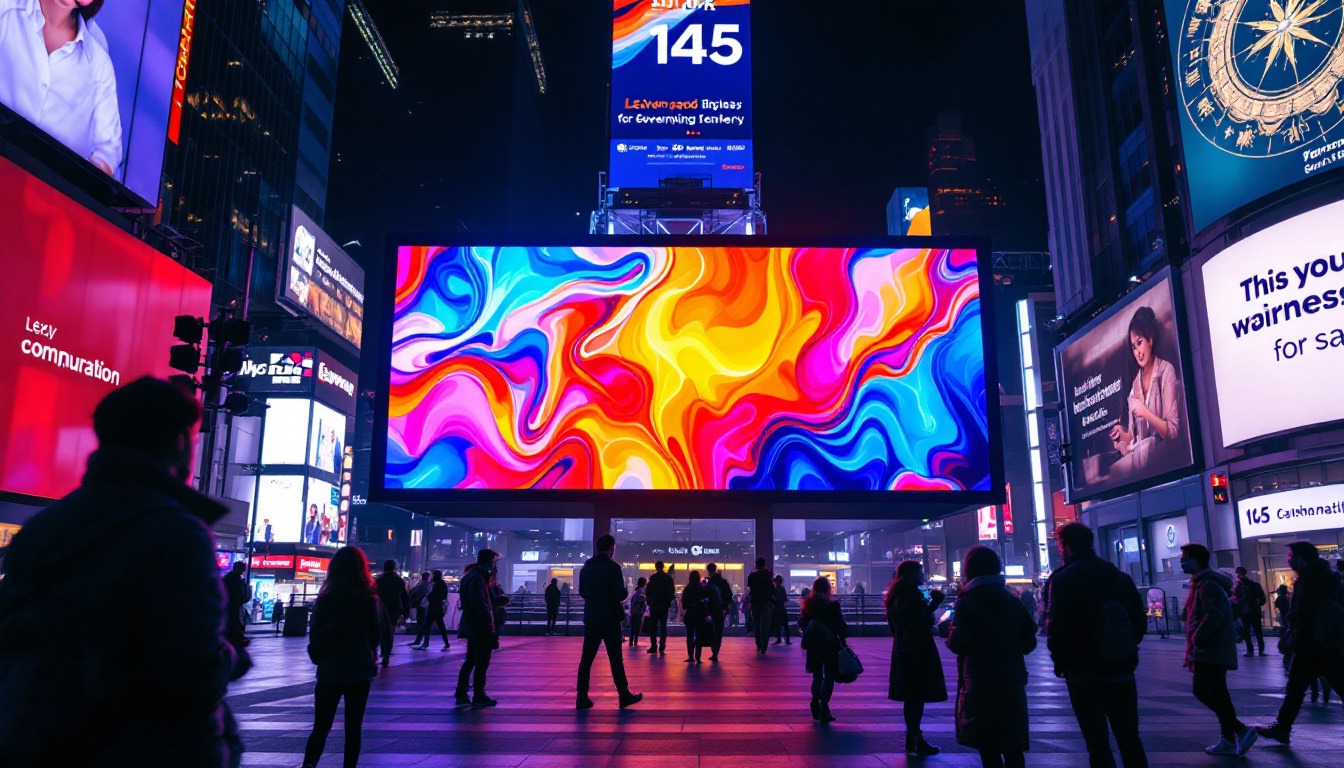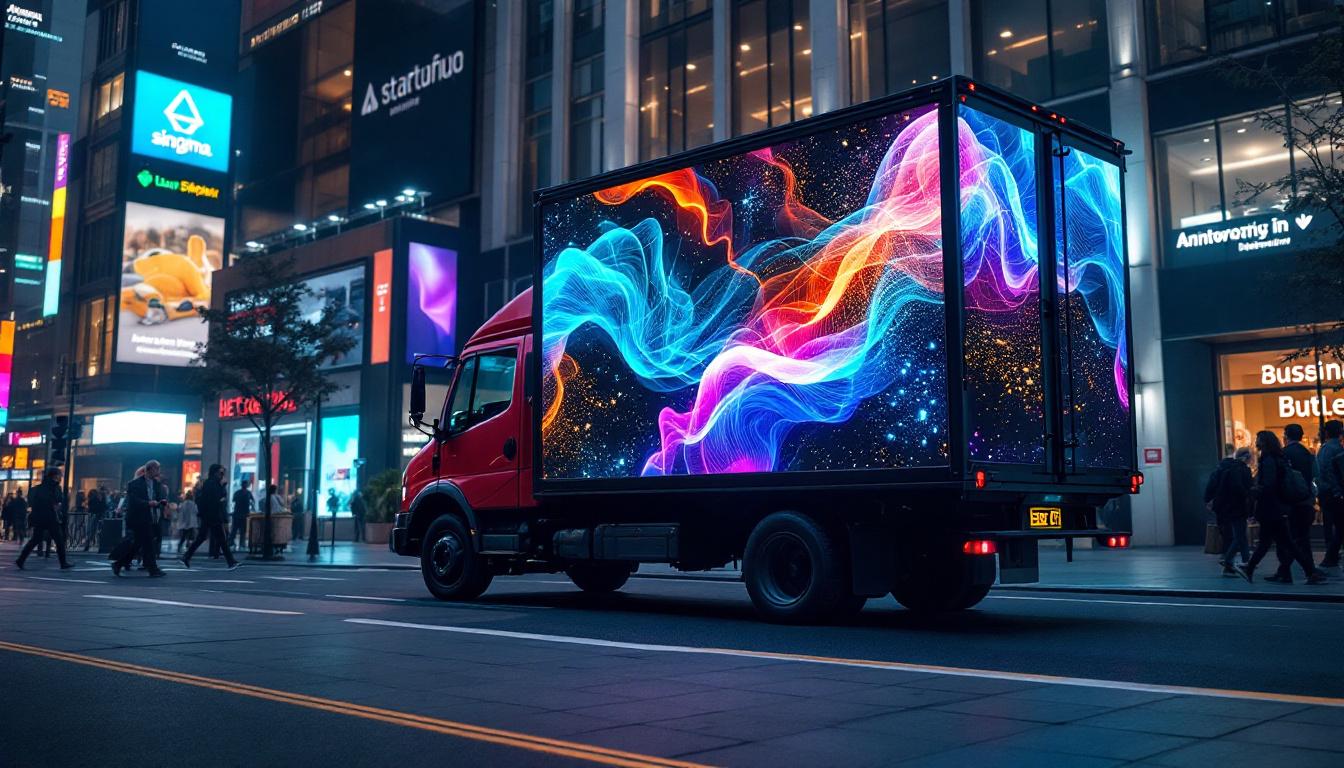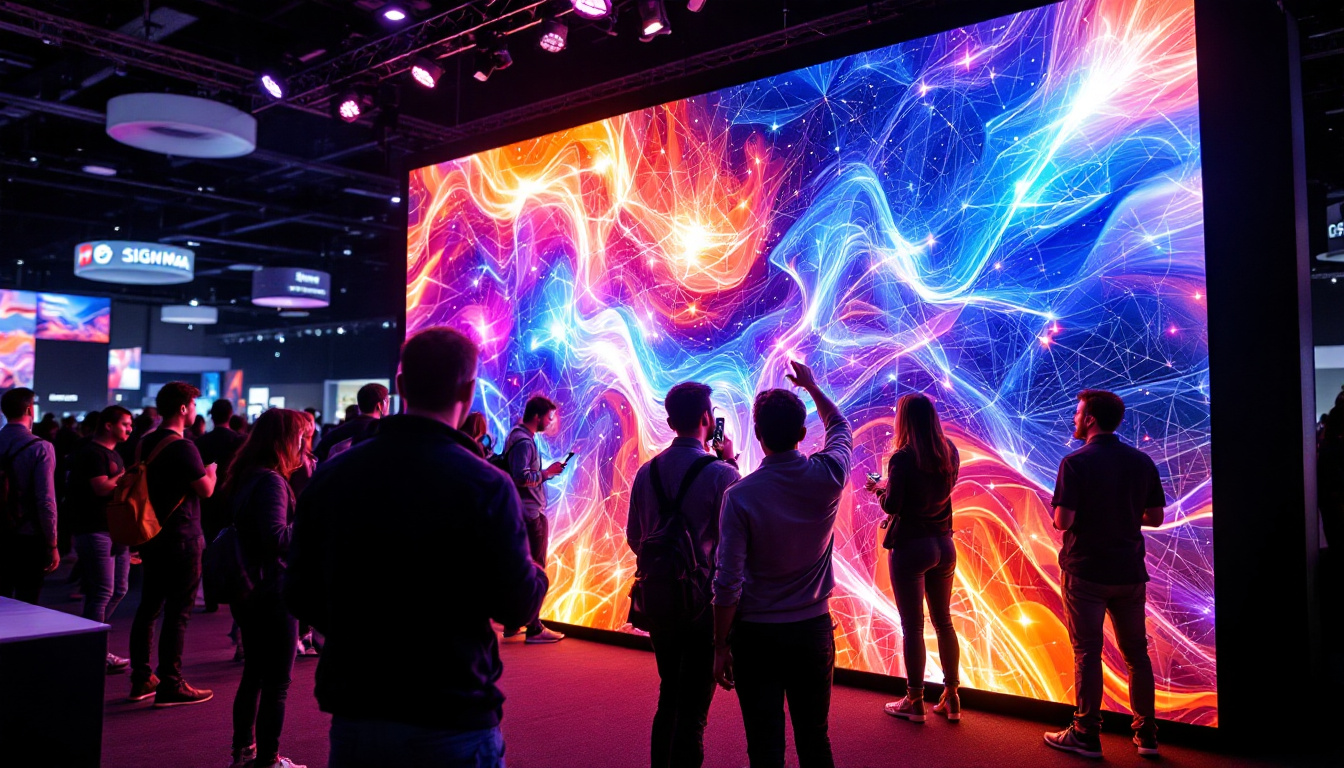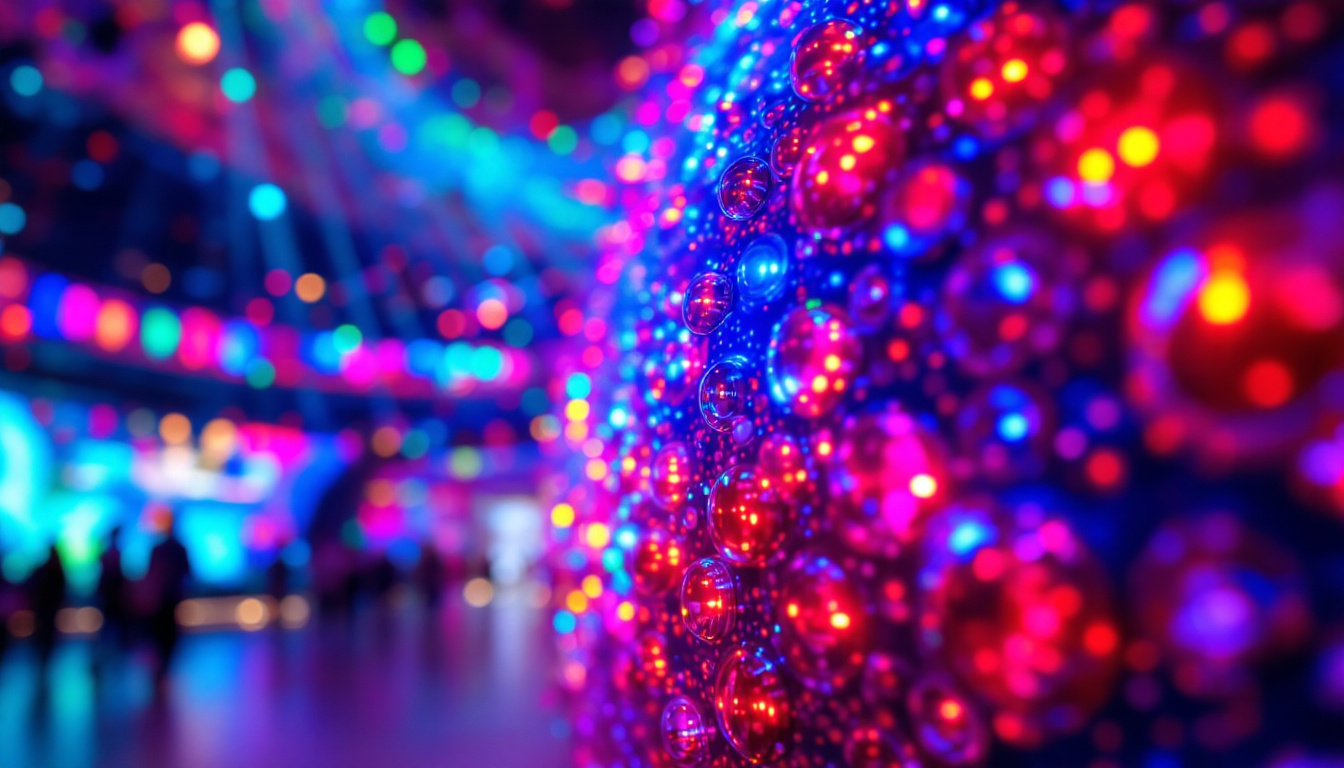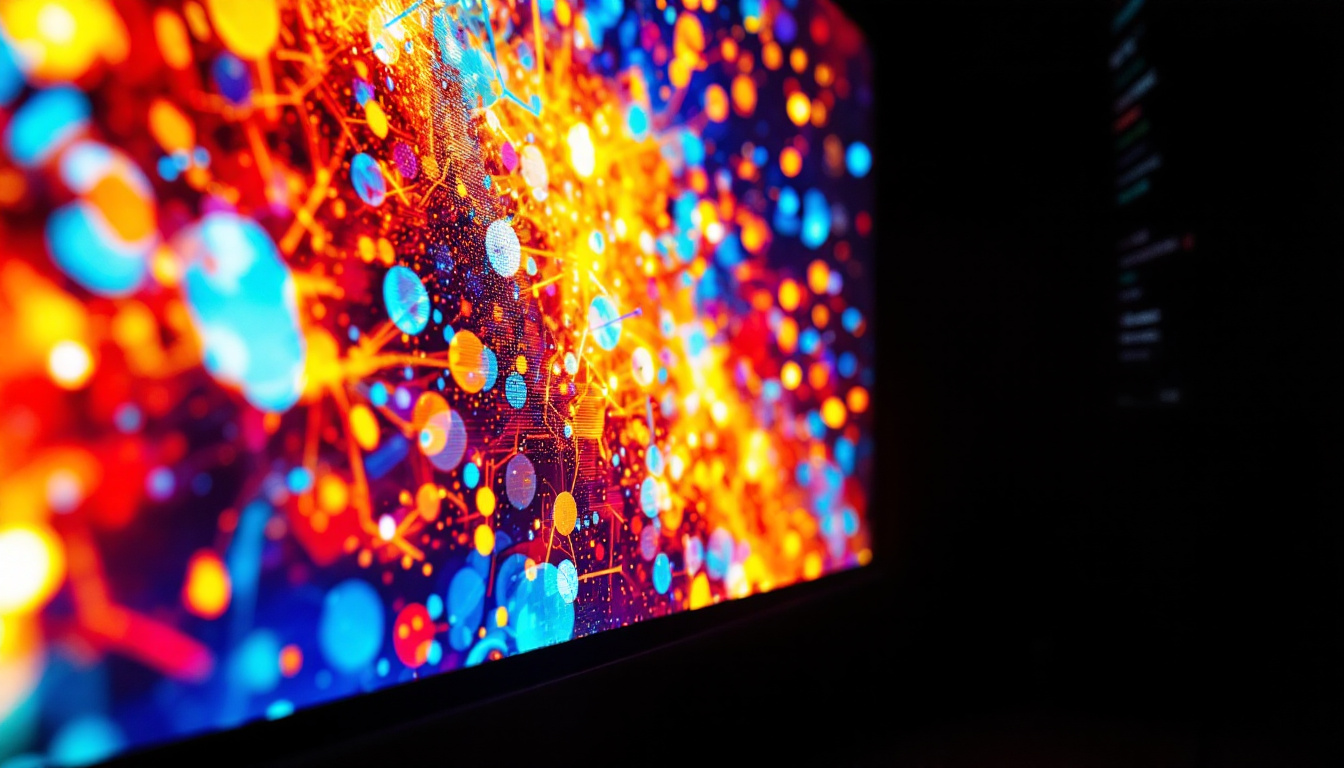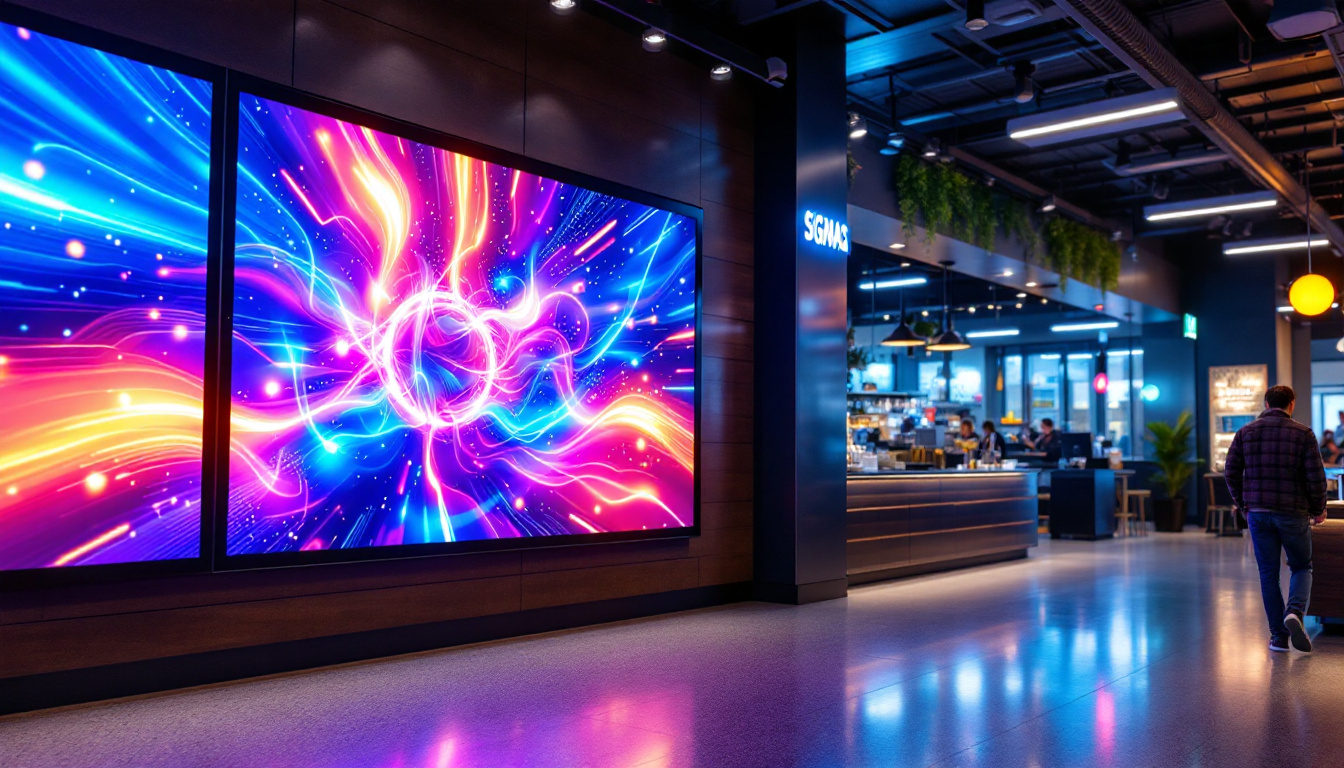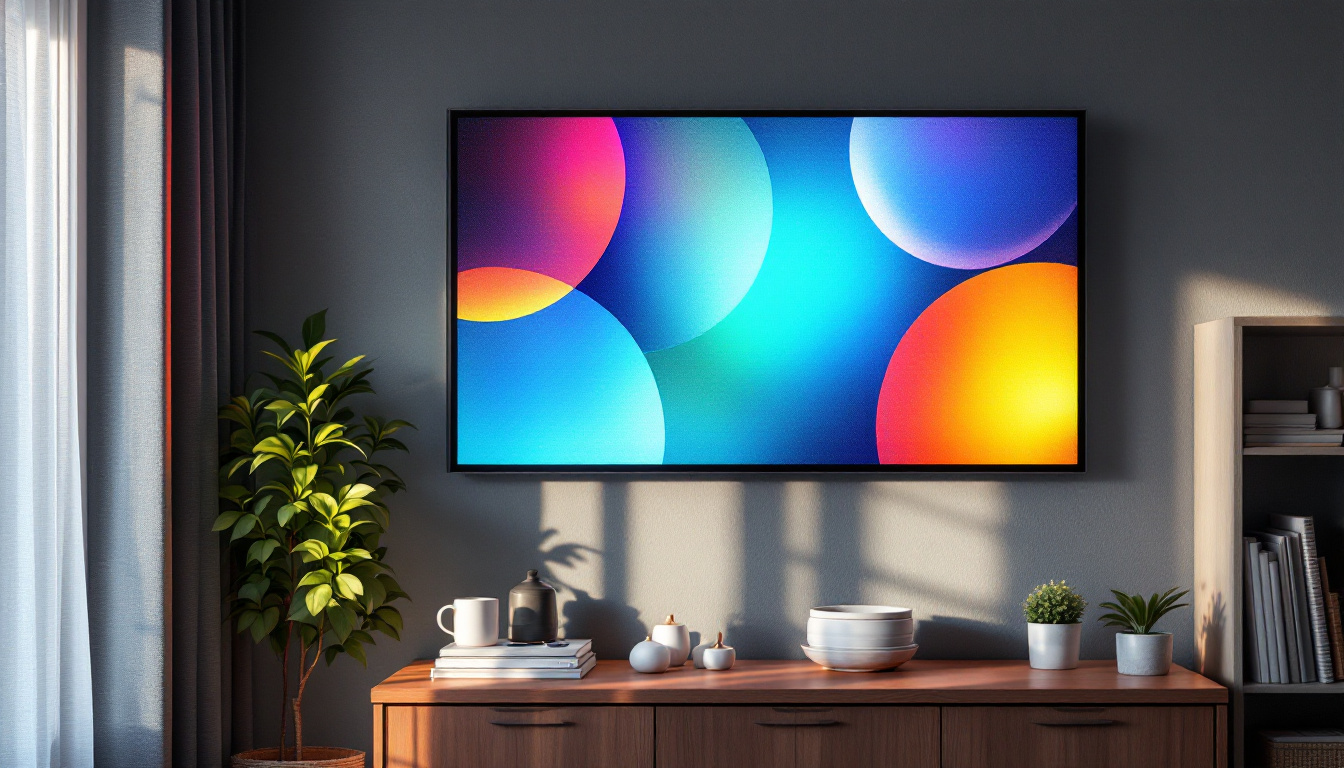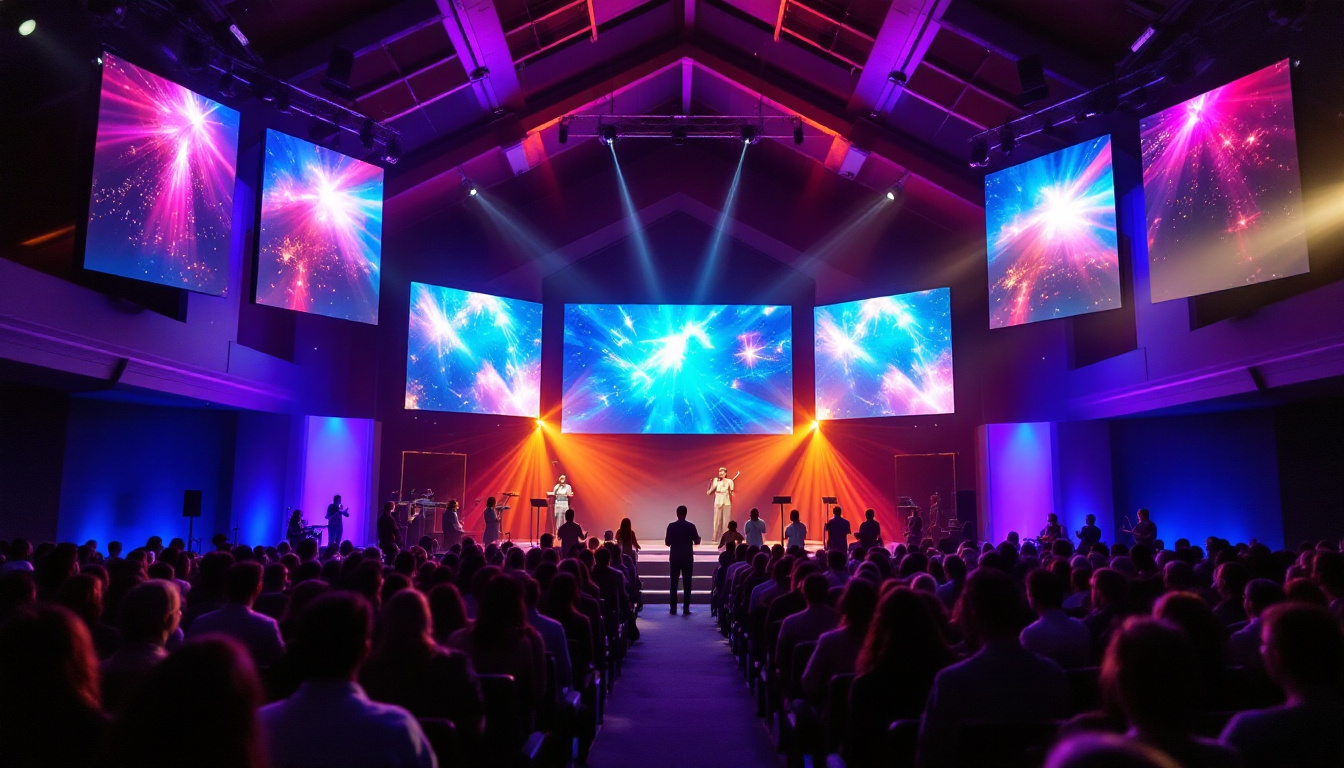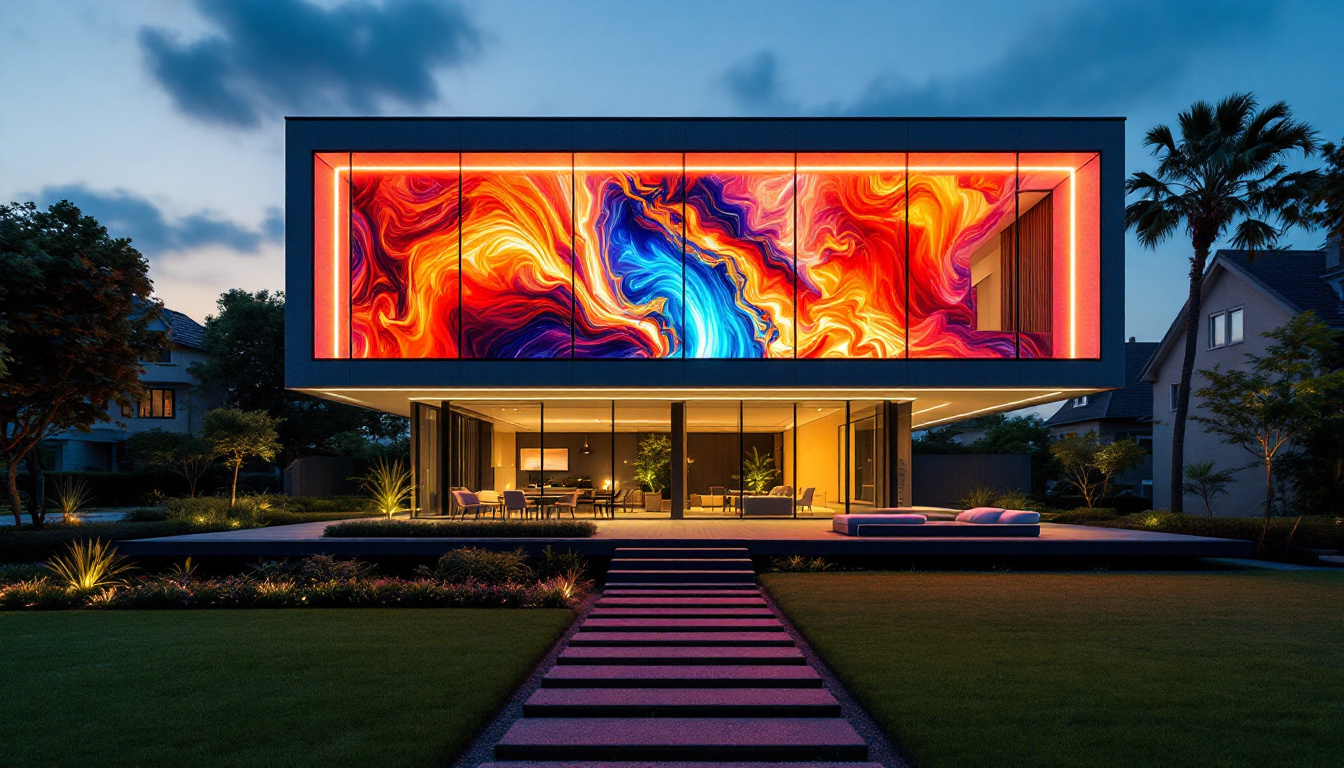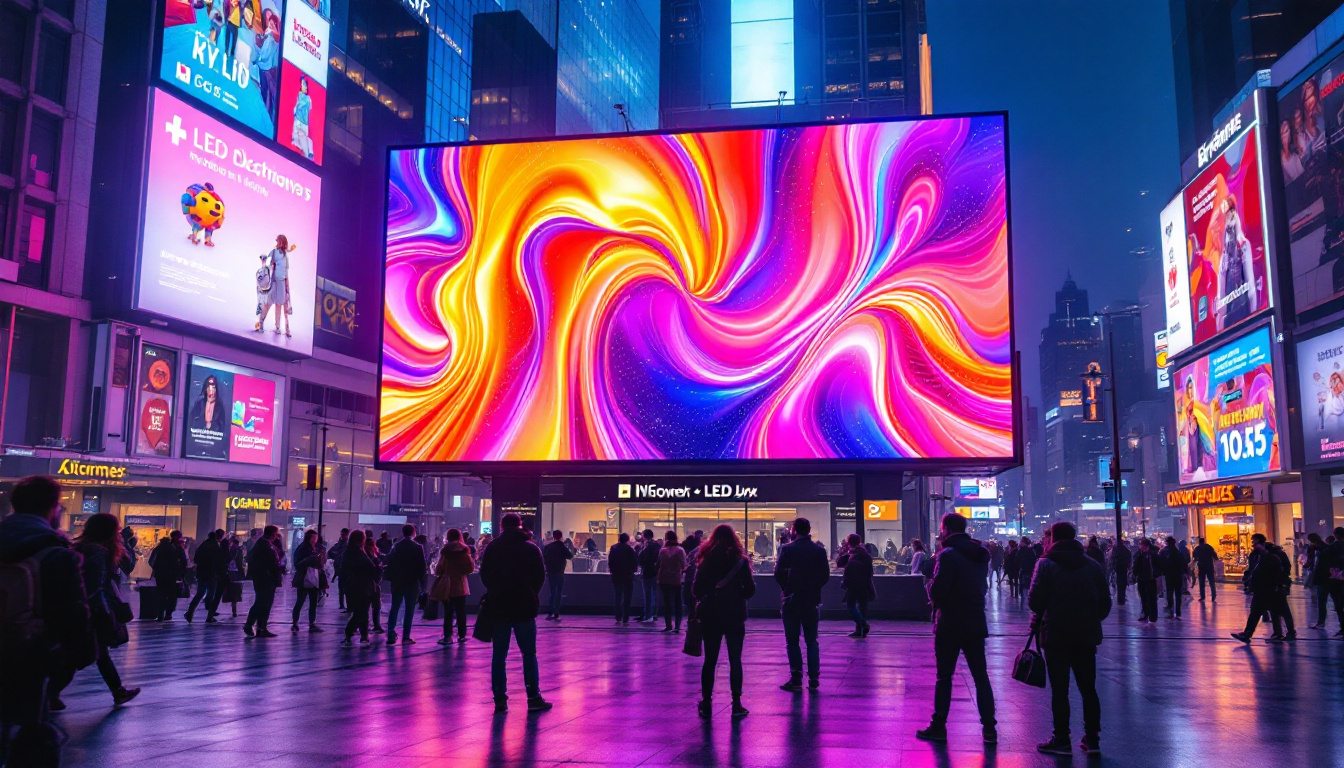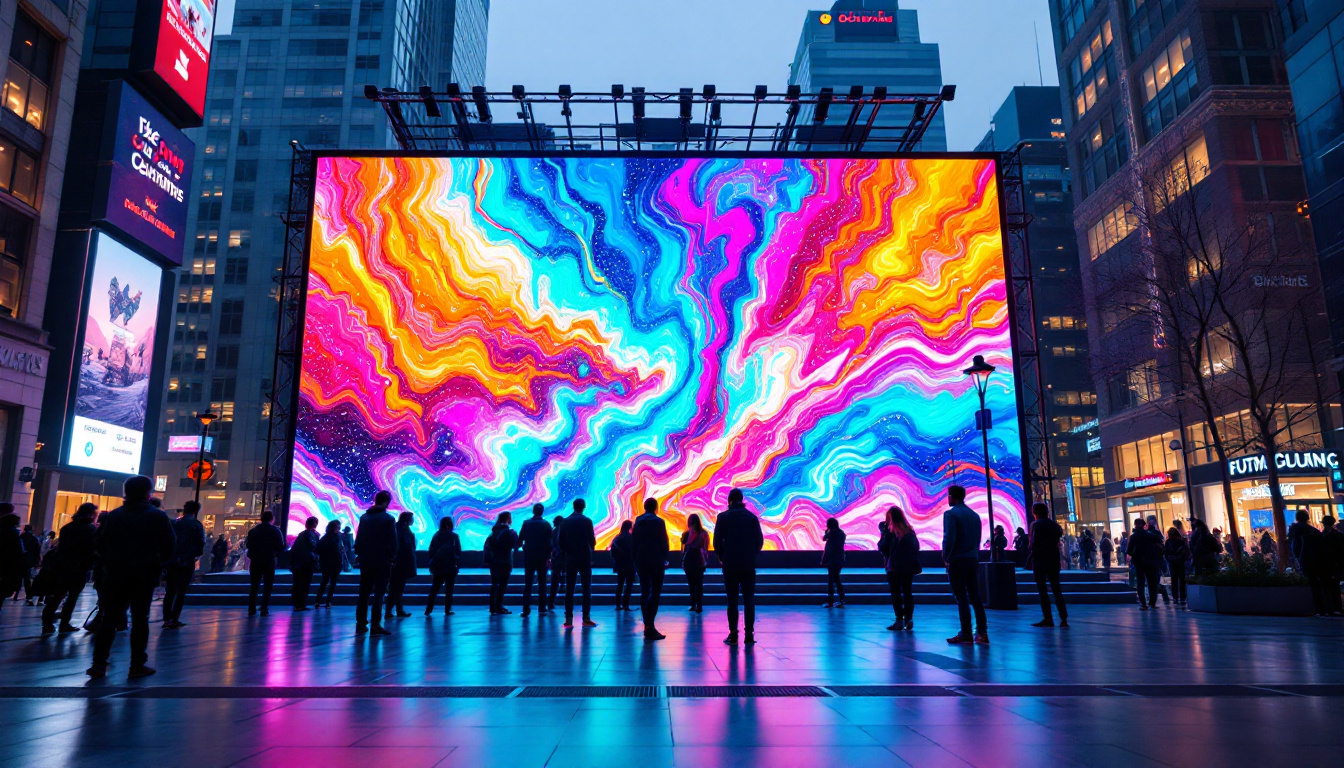The evolution of outdoor advertising has taken a significant leap with the introduction of LED display technology. Screen walls, particularly those designed for outdoor use, have become a staple in urban landscapes, offering vibrant visuals and dynamic content. This article delves into the intricacies of outdoor LED displays, exploring their benefits, applications, and the technology behind them.
Understanding Outdoor LED Displays
Outdoor LED displays are large screens that utilize light-emitting diodes (LEDs) to present images, videos, and graphics. These displays are engineered to withstand various weather conditions while providing high visibility and clarity. The technology behind these screens allows for bright, colorful displays that can easily capture the attention of passersby. With their striking visuals and dynamic content capabilities, outdoor LED displays have become a staple in urban environments, transforming the way brands communicate with consumers.
How LED Displays Work
At the core of an LED display is the LED itself, which is a semiconductor device that emits light when an electric current passes through it. Outdoor LED displays typically consist of thousands of these tiny diodes arranged in a grid. Each pixel is made up of red, green, and blue LEDs, which can be combined in different intensities to create a full spectrum of colors. This pixel arrangement allows for high-resolution images that can be viewed from various distances, making them ideal for both close-up and far-away viewing.
The images and videos shown on these screens are controlled by a central processing unit (CPU) that receives data from a content management system. This system allows for real-time updates, enabling advertisers to change their content as needed, making outdoor LED displays highly versatile. Furthermore, many modern systems incorporate advanced features such as scheduling, which allows for targeted advertising based on time of day or audience demographics, maximizing the effectiveness of each display.
Benefits of Outdoor LED Displays
One of the primary advantages of outdoor LED displays is their brightness. Unlike traditional billboards, which can be difficult to see in direct sunlight, LED screens maintain visibility even in bright conditions. This ensures that advertisements are effective at all times of the day. The ability to adjust brightness levels automatically based on ambient light conditions further enhances their visibility, ensuring that content is always presented in the best possible light.
Additionally, outdoor LED displays are energy-efficient compared to older technologies. They consume less power while providing superior brightness and clarity, making them an environmentally friendly choice for advertisers. Their durability also means they require less maintenance, further reducing long-term costs. These displays are often designed with robust materials that resist fading, corrosion, and damage from environmental factors, ensuring a long lifespan. Moreover, the ability to display dynamic content not only engages viewers more effectively but also allows for creative storytelling that can resonate with audiences on a deeper level, making outdoor LED displays a powerful tool in modern advertising strategies.
Applications of Outdoor LED Displays
Outdoor LED displays are used in a variety of settings, from bustling city streets to sports arenas. Their versatility makes them suitable for numerous applications, each benefiting from the unique features of LED technology.
Advertising and Marketing
One of the most common uses for outdoor LED displays is advertising. Brands leverage these screens to showcase their products and services in high-traffic areas. The ability to display dynamic content, such as videos and animations, allows advertisers to engage their audience more effectively than static billboards.
Moreover, the capability of real-time updates means that advertisers can promote time-sensitive offers or events, maximizing the impact of their campaigns. This flexibility is a game-changer in the fast-paced world of marketing. Additionally, outdoor LED displays can be programmed to target specific demographics based on time of day or location, ensuring that the right message reaches the right audience. This level of customization not only enhances engagement but also drives higher conversion rates, making it a preferred choice for marketers looking to optimize their advertising strategies.
Public Information Displays
Outdoor LED displays are also widely used for public information sharing. Cities and municipalities utilize these screens to disseminate important information, such as traffic updates, weather alerts, and community announcements. This real-time communication helps keep the public informed and safe.
In addition, many transportation hubs, like airports and train stations, employ LED displays to provide travelers with essential information about arrivals, departures, and delays, enhancing the overall travel experience. These displays can also serve as platforms for emergency notifications, ensuring that critical information reaches the public swiftly. Furthermore, interactive features can be incorporated, allowing users to access additional details or services, such as wayfinding or local event information, directly from the display, thus creating a more engaging and user-friendly environment.
Entertainment Venues
Sports arenas and concert venues have embraced outdoor LED displays to enhance the spectator experience. These screens are used to show live feeds, replays, and advertisements during events, creating an immersive atmosphere for attendees.
Furthermore, outdoor LED displays can be integrated into stage designs for concerts and festivals, providing a visually stunning backdrop that complements live performances. This integration of technology and entertainment elevates the overall experience for audiences. Beyond just visuals, these displays can also synchronize with sound systems to create a cohesive audio-visual experience, enhancing the emotional impact of performances. Additionally, during major sporting events, LED displays can be used for fan engagement activities, such as live polling or social media interactions, further enriching the connection between the event and its audience. This innovative use of technology not only entertains but also fosters a sense of community among spectators, making each event memorable.
Technical Considerations for Outdoor LED Displays
While the benefits of outdoor LED displays are clear, several technical considerations must be addressed to ensure optimal performance and longevity. Understanding these factors can help businesses make informed decisions when investing in LED technology.
Pixel Pitch
Pixel pitch refers to the distance between the centers of two adjacent pixels on an LED display. This measurement is crucial as it directly impacts the resolution and clarity of the images displayed. A smaller pixel pitch results in higher resolution, making it suitable for closer viewing distances.
For outdoor applications, a pixel pitch of 10mm to 20mm is common, balancing visibility and cost. It’s essential to choose the right pixel pitch based on the intended viewing distance and the type of content being displayed.
Brightness Levels
Brightness is another critical factor in outdoor LED displays. Measured in nits, the brightness level must be sufficient to ensure visibility in various lighting conditions, particularly in direct sunlight. Most outdoor displays range from 5,000 to 10,000 nits, providing clear visibility during the day.
Adjustable brightness settings are also beneficial, allowing the display to adapt to changing light conditions, which can enhance energy efficiency and prolong the lifespan of the LEDs.
Weather Resistance
Outdoor LED displays must be built to withstand environmental challenges such as rain, snow, and extreme temperatures. The enclosure of the display should have a high Ingress Protection (IP) rating, indicating its resistance to dust and moisture.
Additionally, proper thermal management is essential to prevent overheating, which can damage the internal components. Many outdoor displays are equipped with cooling systems to maintain optimal operating temperatures.
Installation and Maintenance of Outdoor LED Displays
Installing and maintaining outdoor LED displays requires careful planning and execution. Proper installation ensures that the display operates effectively and lasts for years, while regular maintenance is crucial for optimal performance.
Installation Process
The installation of an outdoor LED display involves several steps, starting with site assessment. Factors such as location, viewing angles, and structural support must be considered to determine the best placement for the display.
Once the site is prepared, the display is mounted, and electrical connections are established. This process often requires collaboration with engineers and technicians to ensure safety and compliance with local regulations.
Regular Maintenance
To keep outdoor LED displays functioning optimally, regular maintenance is essential. This includes routine inspections to check for any signs of wear or damage, cleaning the display to remove dust and debris, and ensuring that all electrical components are in good working order.
Many manufacturers offer maintenance contracts that provide scheduled service and support, ensuring that the display remains in top condition throughout its lifespan.
The Future of Outdoor LED Displays
The future of outdoor LED displays looks promising, with advancements in technology continuing to enhance their capabilities. Emerging trends indicate a shift towards even more interactive and engaging displays.
Integration with Smart Technology
As smart technology becomes more prevalent, outdoor LED displays are increasingly being integrated with IoT (Internet of Things) devices. This integration allows for real-time data collection and analysis, enabling advertisers to tailor content based on audience behavior and preferences.
Additionally, smart displays can interact with mobile devices, allowing users to engage with advertisements through their smartphones, creating a more personalized experience.
Enhanced Content Delivery
With the rise of 5G technology, outdoor LED displays will benefit from faster data transmission and improved connectivity. This will enable higher-quality video streaming and more dynamic content delivery, further enhancing the viewer experience.
Moreover, augmented reality (AR) and virtual reality (VR) applications are expected to play a significant role in the future of outdoor advertising, providing immersive experiences that captivate audiences.
Conclusion
Outdoor LED displays have transformed the landscape of advertising and public information dissemination. Their ability to deliver vibrant, dynamic content in various environments makes them an invaluable tool for businesses and municipalities alike. As technology continues to advance, the potential applications and capabilities of outdoor LED displays will only expand, paving the way for more innovative and engaging experiences.
Investing in outdoor LED technology is not just about keeping up with trends; it’s about embracing a future where communication is more dynamic, interactive, and effective. As cities evolve and technology advances, outdoor LED displays will undoubtedly play a crucial role in shaping the way information is shared and consumed.
Discover LumenMatrix LED Display Solutions
As you consider the future of dynamic and interactive communication for your business or city, LumenMatrix stands ready to elevate your message with our advanced LED display technology. Our comprehensive range of solutions, from Outdoor LED Wall Displays to Custom and Transparent LED Displays, is designed to captivate your audience and amplify your brand’s presence. Embrace the power of visual storytelling with LumenMatrix and transform your space into a beacon of engagement. Check out LumenMatrix LED Display Solutions today and take the first step towards revolutionizing your visual communication.

